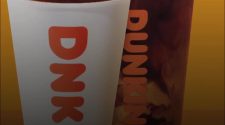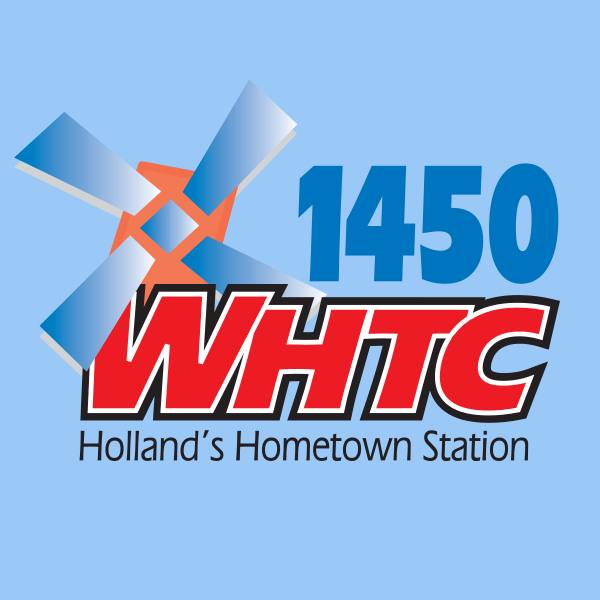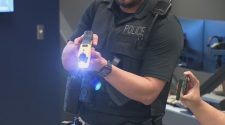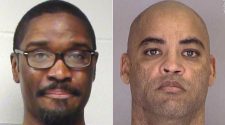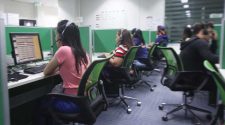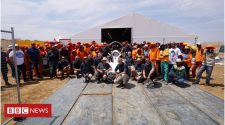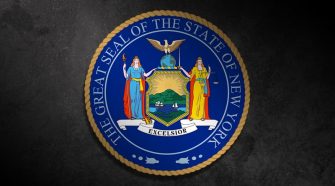by
By Nichola Saminather
TORONTO (Reuters) – The shift to Canadian traders working from home is putting the systems used to monitor their activity to the test, with some experts saying the technology needs to be more robust to secure against unauthorized activity or possible insider trading.
The Bank of Canada warned in May the move to remote work could leave financial institutions more exposed to operational vulnerabilities, including increased challenges to trade surveillance from changing trading patterns. The central bank declined to comment for this story.
So far, banks and the trading regulator have not significantly changed their surveillance systems, and little suspicious activity has come to light since most traders began working remotely in March.
But some warn of risks.
“More time is needed to detect any issues or malfeasance with work from home,” said Marius Zoican, assistant professor of finance at the University of Toronto. The trading volatility seen at some points during the crisis, combined with a surge in retail trading, adds “noise to any ‘signal’ regulators might be looking for.” The risks are higher for less-heavily-scrutinized securities like fixed income and other over-the-counter trading, according to Richard Carleton, chief executive of the Canadian Securities Exchange, which only hosts equities.
“Banks’ technology is sufficient to do trading, order reception, order execution” remotely, Zoican said.
But without the added security of trading-floor cameras and on-site supervisors, there are gaps with remote trading, he said. Exemptions offered by the regulator, the Investment Industry Regulatory Organization of Canada (IIROC), including relief from in-person audits, identity checks and reporting deadlines, could also delay detection.
The technology could fall short in areas including determining whether a particular trader is the one carrying out trades, and instances of insider trading, Zoican said.
Surveillance systems should include key-stroke recording, and firms’ proprietary information should exist solely on the cloud, said Chris Ford, Canada chief executive of financial services-focused management consultancy Capco.
IIROC hopes the changes wrought by the pandemic will “yield lessons” for the future, but such discussion is premature, a spokeswoman said, indicating changes are not on the horizon. Commercial banks have also maintained their systems.
“The physical presence of a supervisor on the trading floor has now been replaced by a person … working with teams on a regular basis remotely,” said David Barrons, head of trading business management at Toronto-Dominion Bank.
“All the other surveillance that we’ve done before has not changed.”
CRACKS
Royal Bank of Canada, the nation’s biggest bank, has deployed secure laptops with surveillance technology and communication equipment, said Bruce Ross, group head of technology and operations at the lender. Canadian Imperial Bank of Commerce said its trading teams are supported by “sophisticated trade surveillance technology and the expertise of our compliance teams.” Nasdaq’s surveillance software, which IIROC uses, functions the same when traders work from home as on trading floors, a spokesman said.
But the technology does not record keystrokes or activity off the software, he said.
Bank of Nova Scotia declined to comment. Bank of Montreal did not respond to a request for comment.
Former IIROC executive Wendy Rudd, now on the board of industry group Canadian Regulatory Technology Association (CRTA), said while technology exists to bridge the gaps, smaller firms may not know of it, and legacy systems could hinder adoption at larger companies.
“The shift has been so quick, the regulatory and compliance sides have had to evolve on the fly,” said Bryden Teich, portfolio manager at Avenue Investment Management, which executes trades through one of the major banks.
“Will stuff fall through the cracks? Yes. But it’s a heavily regulated industry and there are things in place to safeguard the system.”
The Canadian Securities Administrators (CSA), which oversees IIROC, will introduce a post-trade market analysis platform this fall complementing IIROC’s live surveillance technology. Replacing its current system, it will “provide increased efficiency in the analysis and investigation stages by automating several processes,” a CSA spokeswoman said.
But it will initially only cover equities trading.
While IIROC requires firms using its relief measures to have alternatives, it lets them determine what those are.
“Canadian regulators are not that prescriptive,” said CRTA co-founder Donna Bales.
“If they were, you can have machine-readable rules,” she added. “There are movements within some of the other global regulators to move toward more prescriptive rules in machine-readable format.”
(Reporting By Nichola Saminather; Editing by Denny Thomas and Chris Reese)



